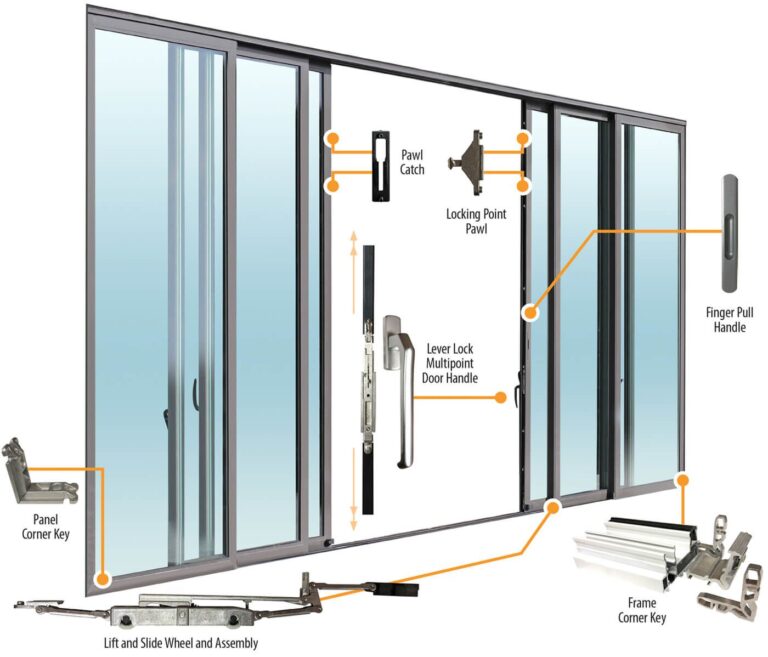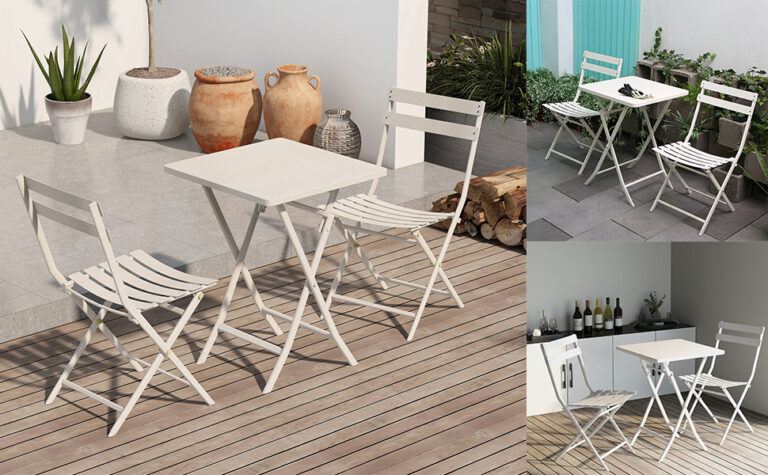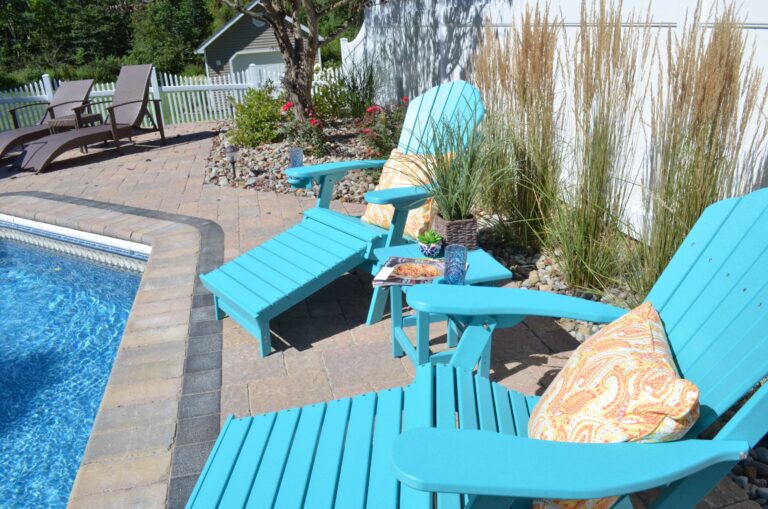How to Choose and Use a Clay Heater Patio
Do you love spending time in your backyard but hate feeling cold or uncomfortable? Do you wish you could create a cozy and inviting atmosphere for your outdoor space? If so, you might want to consider getting a clay heater patio.
A clay heater patio is a type of outdoor fireplace that is made of clay or ceramic material. It can provide warmth, light, and style to your backyard, making it a great place to relax, entertain, or dine. A clay heater patio can also add value and appeal to your home, as it enhances the look and feel of your outdoor area.

The size and shape of your backyard and the clay heater patio
The first factor to consider when buying a clay heater patio is the size and shape of your backyard and the clay heater patio. This will affect how much heat the clay heater patio can produce, how safe it is to use, and how well it fits in your outdoor space.
The size and shape of the clay heater patio
The size and shape of the clay heater patio determine its heating capacity, which is measured in BTUs (British Thermal Units). The higher the BTUs, the more heat the clay heater patio can generate. However, this also means that the clay heater patio will consume more fuel and emit more smoke.

The size and shape of your backyard
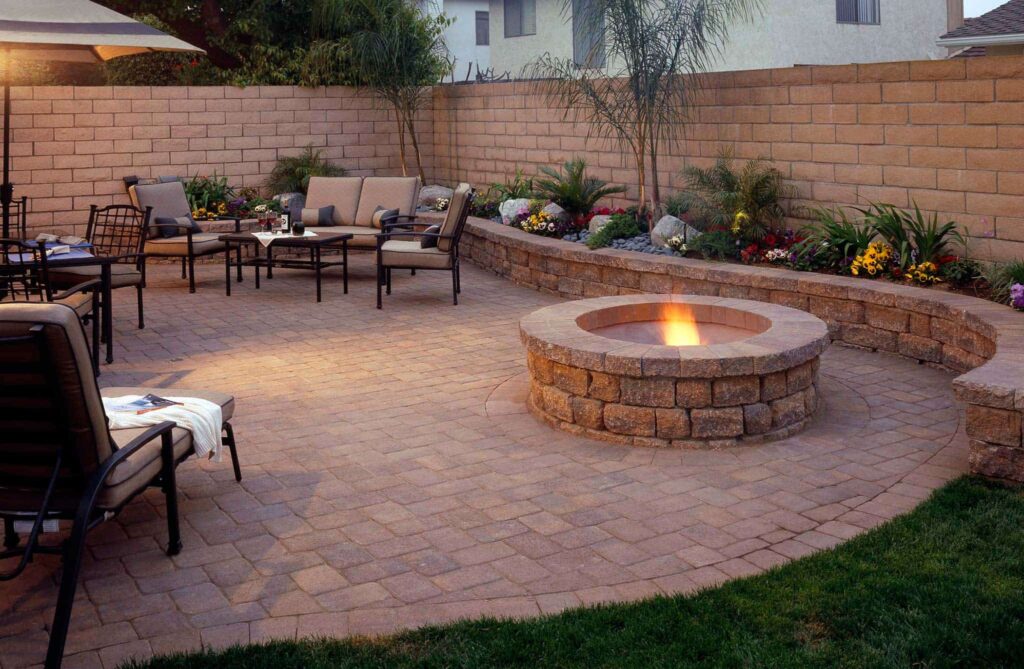
The size and shape of your backyard determine how much space you have to place the clay heater patio and how far it should be from any combustible materials, such as plants, furniture, or walls. You need to make sure that there is enough clearance around the clay heater patio to prevent any fire hazards and to allow proper ventilation.
Examples
Some examples of different sizes and shapes of clay heater patios are:
Round: This is the most common and traditional shape of clay heater patios. It can fit in most backyards and create a cozy and intimate ambiance. A round clay heater patio can range from 18 to 36 inches in diameter and produce from 10,000 to 60,000 BTUs of heat.

Square: This is a more modern and sleek shape of clay heater patios. It can create a more contemporary and elegant look for your backyard. A square clay heater patio can range from 24 to 48 inches in width and length and produce from 20,000 to 80,000 BTUs of heat.
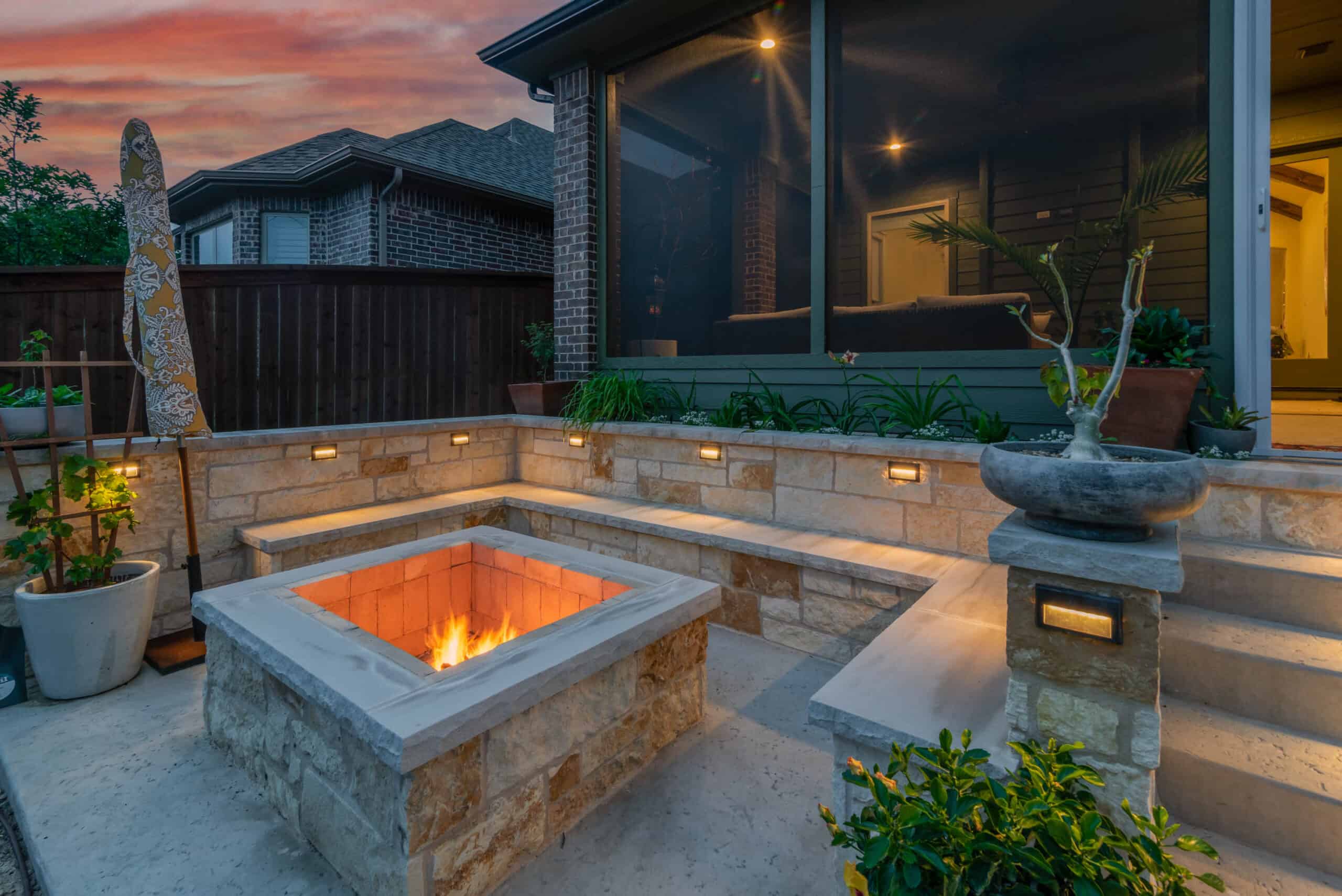
Oblong: This is a more elongated and rectangular shape of clay heater patios. It can create a more spacious and inviting atmosphere for your backyard. An oblong clay heater patio can range from 36 to 72 inches in length and 24 to 36 inches in width and produce from 30,000 to 100,000 BTUs of heat.
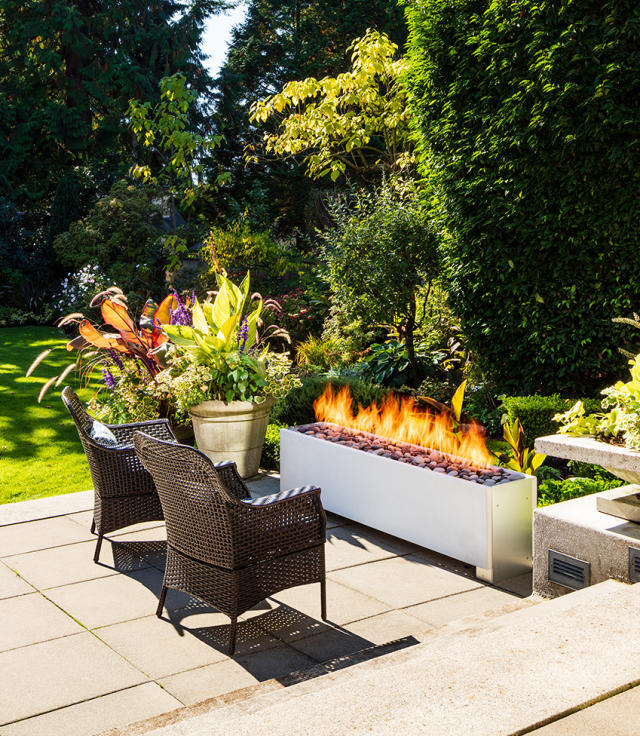
Tips to measure your backyard and choose the right size and shape
To measure your backyard and choose the right size and shape of clay heater patio for your space, you can follow these steps:
- Use a tape measure to measure the length and width of your backyard and the area where you want to place the clay heater patio.
- Subtract at least 10 feet from each dimension to get the maximum size of the clay heater patio that can fit in your space. This will ensure that there is enough clearance around the clay heater patio for safety and ventilation.
- Compare the maximum size of the clay heater patio with the available sizes and shapes of clay heater patios in the market, and choose the one that matches your preferences and budget.
The material and design of the clay heater patio
The second factor to consider when buying a clay heater patio is the material and design of the clay heater patio. This will affect how durable, efficient, and easy to maintain the clay heater patio is, as well as how it looks in your backyard. The material and design of the clay heater patio determine its quality, performance, and care. Different materials and designs have different advantages and disadvantages, such as:
- Natural clay: This is the most authentic and traditional material for clay heater patios. It has a rustic and earthy appearance that blends well with natural surroundings. Natural clay is also very affordable and easy to find. However, natural clay is also very fragile and prone to cracking, especially when exposed to extreme temperatures or moisture. Natural clay also requires regular sealing and painting to prevent deterioration and fading.
- Terracotta: This is a type of clay that is fired at high temperatures to make it more durable and resistant to cracking. It has a reddish-brown color that adds warmth and charm to your backyard. Terracotta is also moderately priced and widely available. However, terracotta is still susceptible to damage from moisture and frost, so it needs to be covered or stored indoors during winter or rainy seasons. Terracotta also requires occasional sealing and cleaning to keep its color and shine.
- Glazed: This is a type of clay that is coated with a layer of glass or ceramic to make it more waterproof and colorful. It has a glossy and smooth surface that reflects light and creates a stunning effect in your backyard. Glazed clay is also very durable and easy to clean, as it does not absorb dirt or stains. However, glazed clay is also the most expensive and heavy material for clay heater patios, so it may not be suitable for small or tight spaces. Glazed clay also requires careful handling, as it can chip or crack if dropped or hit.
Tips to compare and select the best material and design for clay heater patio
To compare and select the best material and design of clay heater patio for your needs and preferences, you can follow these steps:
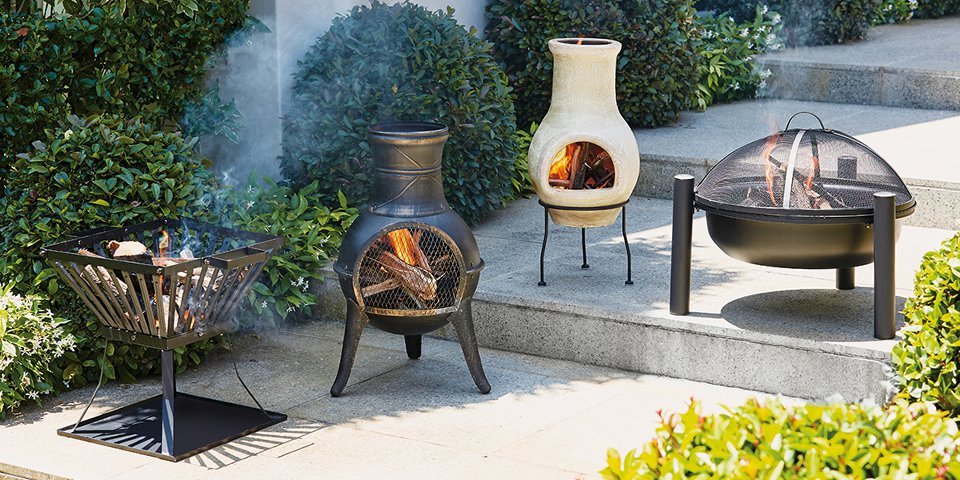
- Consider the climate and weather conditions in your area and how they may affect the clay heater patio. For example, if you live in a cold or humid area, you may want to avoid natural clay or terracotta, as they may crack or rot. If you live in a hot or dry area, you may want to avoid glazed clay, as it may fade or overheat.
- Consider the style and theme of your backyard and how the clay heater patio will complement it. For example, if you have a rustic or natural backyard, you may want to choose natural clay or terracotta, as they will match the environment. If you have a modern or colorful backyard, you may want to choose glazed clay, as it will add contrast and interest.
- Consider your budget and how much you are willing to spend on the clay heater patio. For example, if you have a low budget, you may want to choose natural clay, as it is the cheapest option. If you have a high budget, you may want to choose glazed clay, as it is the most luxurious option.
The fuel and ignition of the clay heater patio
The third factor to consider when buying a clay heater patio is the fuel and ignition of the clay heater patio. This will affect how much it costs to run, how convenient it is to use, and how eco-friendly it is. The fuel and ignition of the clay heater patio determine its operating cost, convenience, and environmental impact. Different fuels and ignitions have different pros and cons, such as:
Wood: This is the most traditional and natural fuel for clay heater patios. It creates a cozy and authentic ambiance with crackling sounds and flickering flames. Wood is also very cheap and easy to find. However, wood also produces a lot of smoke and ash, which can be harmful to your health and the environment. Wood also requires manual lighting and constant feeding, which can be tedious and time-consuming.

Charcoal: This is a type of fuel that is made of compressed wood or coal. It creates a steady and intense heat that can last for hours. Charcoal is also relatively cheap and widely available. However, charcoal also produces a lot of smoke and ash, which can be harmful to your health and the environment. Charcoal also requires manual lighting and occasional stirring, which can be messy and inconvenient.

Gas: This is a type of fuel that is supplied by a propane tank or a natural gas line. It creates a clean and consistent heat that can be easily adjusted and controlled. Gas is also very convenient and safe to use, as it does not require any lighting or maintenance. However, gas also produces some emissions, which can be harmful to the environment. Gas also requires a regular refill or connection, which can be costly and complicated.

Electric: This is a type of fuel that is powered by an electric outlet or a battery. It creates a simulated and decorative heat that can be customized and programmed. Electric is also very eco-friendly and efficient, as it does not produce any emissions or waste. However, electricity also produces a fake and artificial ambiance, which may not be appealing to some people. Electricity also requires a constant source of electricity, which can be expensive and unreliable.

Tips to choose and use the most suitable fuel and ignition for clay heater patio
To choose and use the most suitable fuel and ignition of clay heater patio for your budget and lifestyle, you can follow these steps:

- Consider the availability and accessibility of the fuel and ignition in your area and how they may affect the clay heater patio. For example, if you have a propane tank or a natural gas line, you may want to choose gas, as it is the most convenient option. If you have an electric outlet or a battery, you may want to choose electric, as it is the most eco-friendly option.
- Consider the frequency and duration of your use of the clay heater patio and how they may affect the fuel and ignition. For example, if you use the clay heater patio often and for long periods, you may want to choose gas or electric, as they are the most consistent and reliable options.
Final Analysis
A clay heater patio is a wonderful way to enjoy your backyard in any season. It can provide you with warmth, light, and style, as well as a cozy and inviting atmosphere for your outdoor space. However, to get the most out of your clay heater patio, you need to choose and use it wisely. Here are some tips and advice for you to follow:
- Before buying a clay heater patio, do some research and compare different options. Consider the size and shape of your backyard and the clay heater patio, the material and design of the clay heater patio, and the fuel and ignition of the clay heater patio. Choose the one that best suits your needs and preferences.
- After buying a clay heater patio, follow the manufacturer’s instructions and safety precautions. Install the clay heater patio in a suitable and stable location, away from any combustible materials or flammable objects. Use the appropriate fuel and ignition for your clay heater patio and adjust the heat level as needed.
- To maintain and care for your clay heater patio, clean it regularly and remove any ash or debris. Cover or store your clay heater patio indoors during winter or rainy seasons, especially if it is made of natural clay or terracotta. Seal and paint your clay heater patio occasionally to prevent cracking and fading.
By following these tips and advice, you will be able to enjoy your clay heater patio for a long time. A clay heater patio is not only a great addition to your home but also a great investment for your happiness and well-being. So, what are you waiting for? Get yourself a clay heater patio today and transform your backyard into a paradise!
Disclosure: Our blog contains affiliate links to products. We may receive a commission for purchases made through these links. However, this does not impact our reviews and comparisons. We try our best to keep things fair and balanced, in order to help you make the best choice for you.






